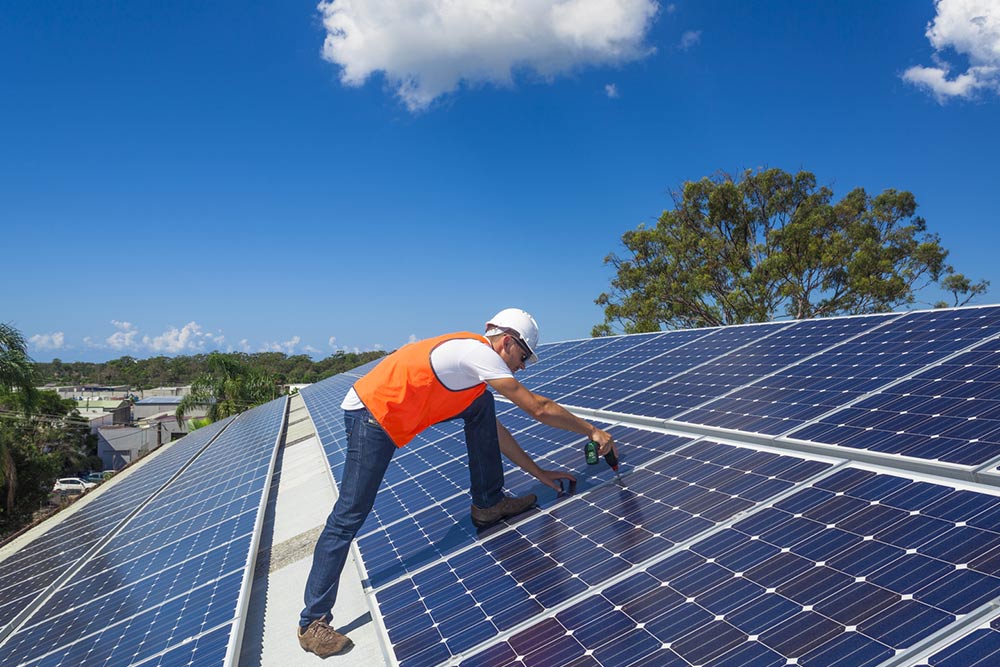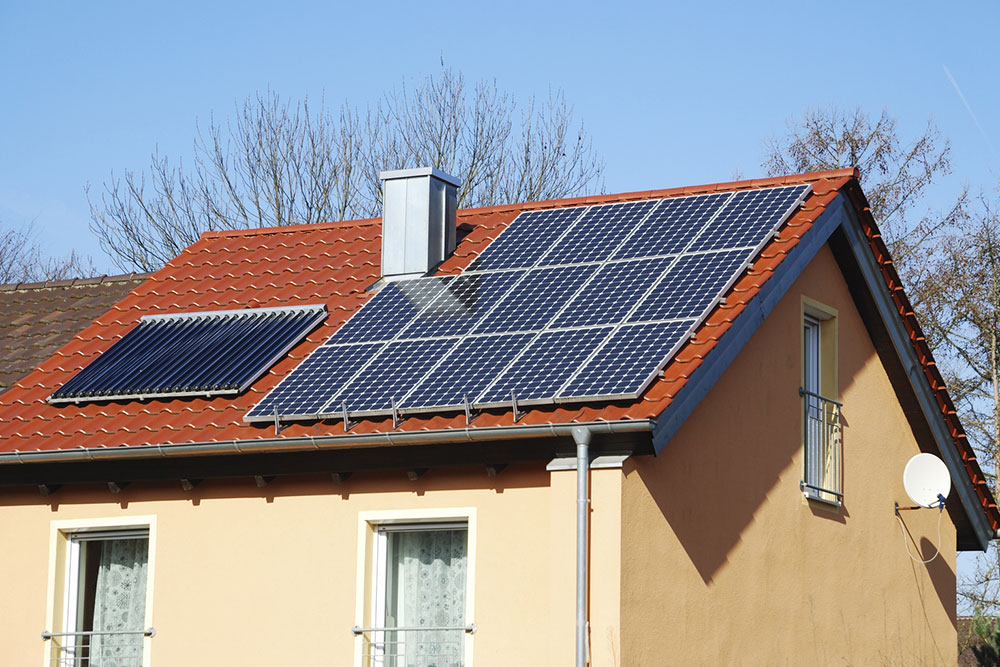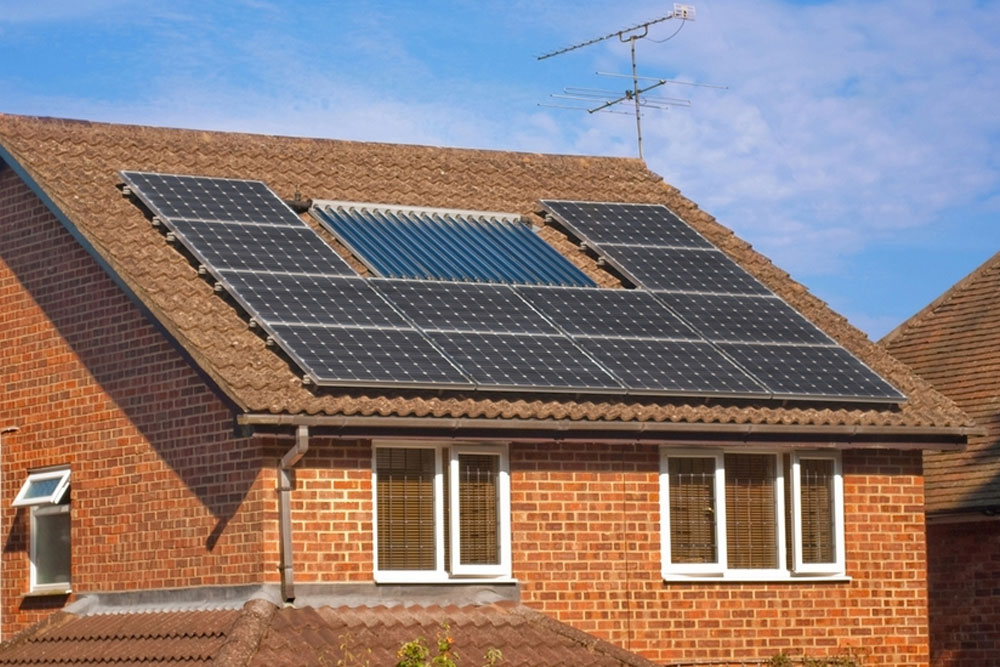Comprehensive Guide to Solar Incentives and Rebates for Homeowners in 2023
This comprehensive guide explores solar incentives and rebates available nationwide in 2023. Learn how federal, state, and local programs, including tax credits, rebates, low-interest loans, and performance incentives, can help reduce solar installation costs. Discover top states for solar benefits, support programs for low-income households, and innovative incentives like SRECs. Maximize your solar investment by understanding eligibility and leveraging available programs to make renewable energy more affordable and accessible for homeowners across the U.S.

Optimizing Solar Energy Benefits with Incentive Programs
Transitioning to solar energy for your residence is a strategic investment that can generate significant savings over the long term. Thanks to technological advancements and decreasing installation costs, more homeowners are considering solar power as a sustainable, cost-effective energy solution. However, the upfront costs associated with installing solar panels can still be daunting. This is where federal, state, and local governments come into play, offering a variety of incentives designed to make solar adoption more affordable and attractive. This comprehensive guide explores the most current solar incentive programs available nationwide in 2023, detailing how you can leverage these benefits to maximize your investment.
Top States for Solar Incentives in 2023
The enactment of the Inflation Reduction Act in 2022 marked a significant milestone in the push towards clean energy in the United States. This legislation emphasizes reducing energy consumption and encouraging renewable energy adoption through attractive incentives. In 2023, these incentives remain robust, including tax credits for solar systems paired with battery storage solutions and standalone battery storage incentives.
In 2023, the Federal Solar Investment Tax Credit (ITC) continues at a significant rate of 30%, applicable to both residential and commercial solar systems. This credit is designed to substantially reduce the overall cost of solar installations, making renewable energy accessible to more homeowners. Beyond federal incentives, many states have introduced their own programs, which, combined with utility company incentives, can further decrease installation costs. States that currently lead in solar incentives include:
California
Texas
Florida
North Carolina
Nevada
Arizona
Georgia
New York
Virginia
Massachusetts
Maryland
Connecticut
Ohio
New Jersey
If you reside outside these states, consulting with local energy advisors, government agencies, or your utility providers can help identify specific incentives in your area, ensuring you do not miss out on valuable benefits for solar installation.
Different Types of Solar Incentives to Consider
The array of federal and state programs designed to support solar energy installation offers multiple financial advantages. Here are some of the most common and beneficial types of incentives available:
Tax Credits
Tax credits are a popular incentive that directly reduces the amount of income tax you owe. Instead of receiving a direct cash payment, you claim these credits on your tax return. The credits can be a percentage of your solar system costs or a fixed dollar amount. If the credits exceed your tax liability, you might receive a refund, further increasing your savings.
Rebates
Rebates are direct cash refunds provided upon purchasing qualifying solar equipment. These are often offered by state governments, local agencies, or through your solar installation provider. Importantly, rebates are independent of your federal tax situation, meaning you can benefit from them even if you owe no taxes.
Low-Interest Loans
To ease the upfront financial burden, some states and utility companies offer affordable loan options with reduced interest rates. These loans allow you to finance your solar system and pay over time, making solar energy accessible even to homeowners with limited immediate funds. Over the loan term, you benefit from the energy savings while managing manageable monthly payments.
Additional Solar Support Programs
Various programs are designed to provide additional assistance and reduce barriers to solar adoption. For example, Colorado’s Weatherization Assistance Program (WAP) offers free solar installations and home energy efficiency measures to qualifying low-income households. WAP aims to lower energy bills by over $400 annually and improve overall home energy performance. Interested residents should contact local agencies or community organizations to learn more and apply.
Referral and Community Programs
Some solar companies and local governments operate referral programs where current solar customers are incentivized to recommend solar installations to friends and neighbors. Successful referrals can earn rewards such as discounts on future services or cash bonuses, promoting wider solar adoption within communities.
Massachusetts SMART Program: A Model for Cost-Effective Solar Growth
The Solar Massachusetts Renewable Target (SMART) program is designed to support the growth of solar energy through predictable, long-term incentives. Participants receive fixed monthly payments over ten years based on their solar energy production, paid directly to them. These payments are predetermined at enrollment, providing financial stability and encouraging sustained investment in solar technology.
Solar Renewable Energy Certificates (SRECs) and Performance-Based Incentives
SRECs are tradable credits earned by solar system owners for every megawatt-hour (MWh) of energy produced. Utility companies purchase these credits to comply with renewable energy standards, creating a secondary revenue stream for solar owners. In many regions, including California, utilities also pay fixed rates per kWh generated, with incentives paid monthly. These additional revenue streams significantly enhance the financial viability of solar systems, allowing homeowners to recover initial investments faster while contributing to the environment.





